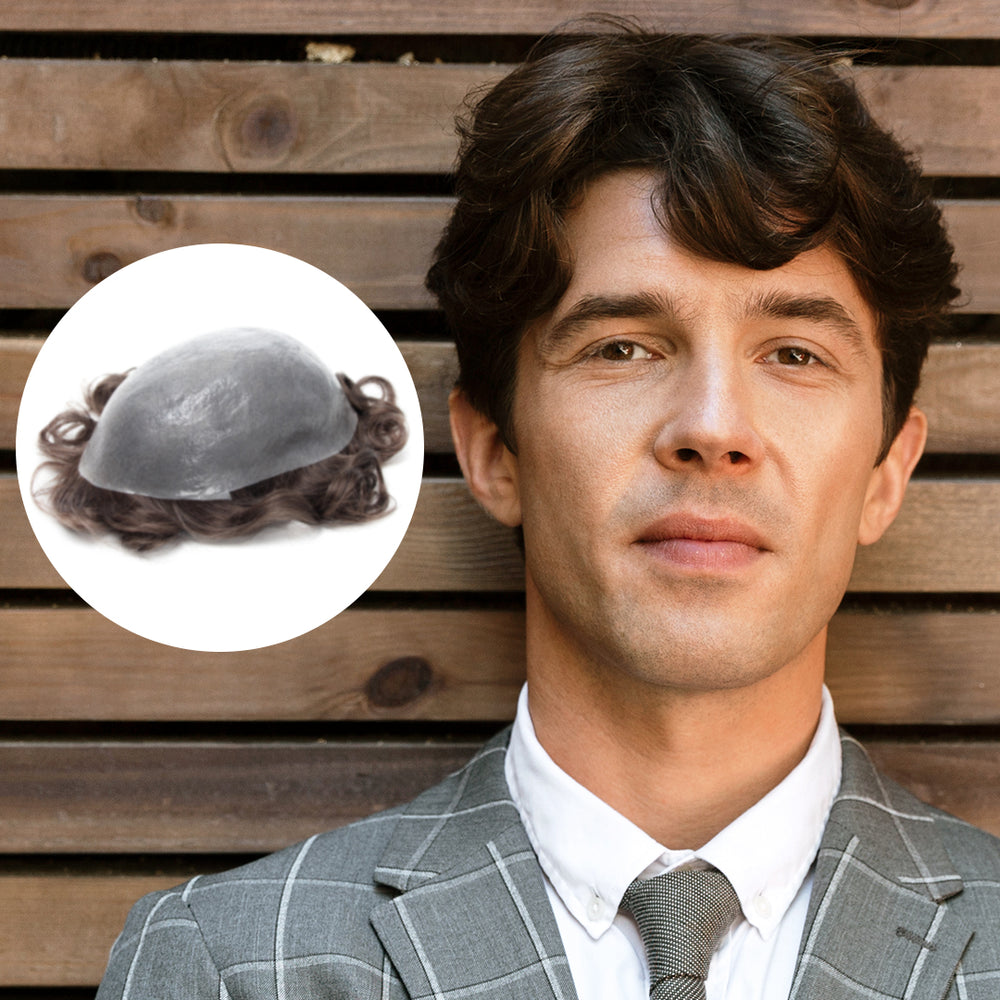The Evolution of Men’s Hair Pieces
Where did the idea of men’s toupees come from? When did it start developing? How have toupees changed over time? Let’s take a look.
The idea to cover ones head with a wig or toupee either for style, stage and film, or out of necessity is not a new one. It is, by all accounts an ancient idea and has served many functions throughout the centuries. In this essay, we are going to take a look at the evolution of hair pieces and the shifting cultural attitudes that made it possible.
The Roman poet Ovid once wrote, “Ugly are hornless bulls, a field without grass is an eyesore, So is a tree without leaves, so is a head without hair.” In 1001 Arabian nights, a character asks if there is anything more ugly than a man who has no hair or beard, comparing him to an artichoke. Rather harsh words, but a good demonstration of the idea that prejudice against hair loss is a longstanding, cross-cultural tradition.
This wanton prejudice led to all kinds of dubious “cures” for the balding man (or women). Proverbial snake oil salesmen had a field day, selling tonics, potions, and gruesome topical concoctions. Cleopatra herself recommended to Julius Caesar a mixture of ground up mice, horseradish, and bear grease that he could apply to his scalp.
Other than being gross, all of these so called remedies failed utterly. Still, the continued persistence of the human afflicted with baldness to regrow their lost hair is impressive and pervasive. There is no shortage of stories such as the one above to demonstrate this fact.
Perhaps because of this failure, and almost certainly the dreadful smell, wigs have been used since at least 3000 B.C. when the earliest known wig was found in a tomb in ancient Egypt. Since those ancient days, wig use has fallen in and out of favor as most fashions do. Popular among 18th century European elites, who wore them for fashion rather than to cover their hair loss (indeed some even shaved their heads to make the wigs more comfortable), the wig has seen its fair share of use among both men and women for much of modern times.
During the 19th and 20th centuries though, something changed. A cultural shift on how aging was viewed pushed toupees to the forefront of every balding mans mind. Now men wanted to look younger and healthier instead of matured. Baldness and signs of aging were considered unattractive. Unfortunately for many, from the mid 19th-mid 20th century toupees were not terribly well made, and a lot of men found themselves the butt of bad hair jokes. On top of that, the mid-late 20th century saw the rise of several famous bald men (Patrick Stewart for example) and bald became sexy again. Not everyone wants to accept their hair loss though. So what are their options?
In the 21st century men’s hair systems have gone from being a joke to being almost undetectable and greatly improved quality-wise. When applied properly, they can stay on in almost any conditions whether it be the shower, the pool, during vigorous exercise, and even sleeping. It can be cut and styled in just about any way you want, and the choices of color, density, base material, and processing technique are vast. One need to be worried about finding something that is right for you in this new climate of toupee riches. So, with that, happy hair hunting.



Leave a comment